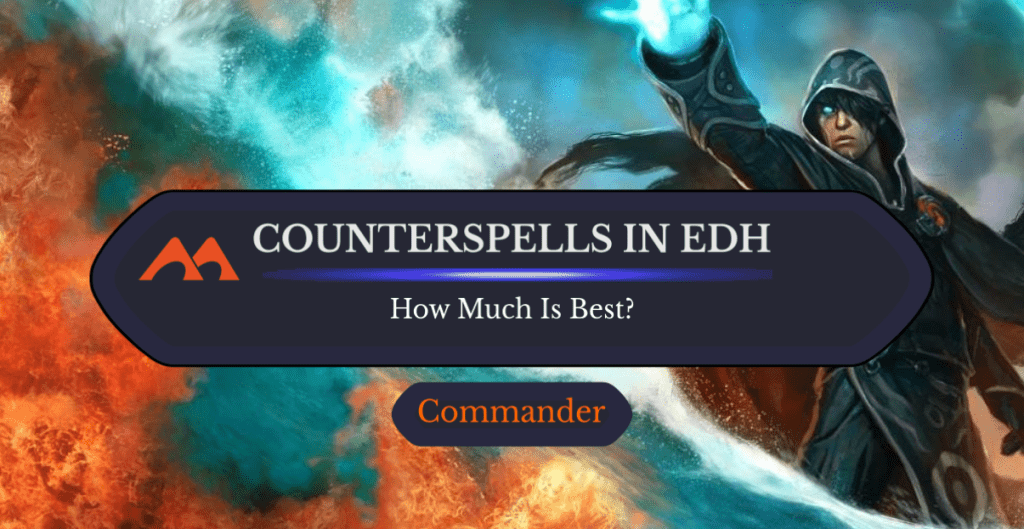
Counterspell | Illustration by Jason Chan
Oh great! You met up with your pod for game night and one of your pod members is playing a Commander deck with Baral, Chief of Compliance. That means you’re in for a lot of “fun” that night.
Every color has them, but we all know that blue has the most counterspells. Yet no matter what color your commander is, how many counterspells should you be running? What other types of removal and hand disruption spells could help your build if there aren’t enough counterspells in your commander's color identity? Let's find out!
How Many Counterspells Should You Run in Total?

Counterspell | Illustration by rk post
Ultimately, the total counterspells you should run depends on your commander and your game plan for winning. Of course, commanders in blue that thrive off instant spells being cast like Jin-Gitaxias, Progress Tyrant and Deekah, Fractal Theorist can stand to have more counterspells incorporated than, say, a normal creature-based deck.
The main question is this: how much do you want to control the game in your pod? It's best to stand at the ready with counterspells that can prevent opponents from getting any value out of their best cards; if their cards never hit the battlefield, they’re not getting any value out of them.
In general, having at least 10-15 counterspells minimum is optimal for Commander decks with a hard control plan. This number seems extremely high but remember this is only a recommendation for a hard-and-fast control deck, one that wants to ensure your opponents just aren’t resolving key spells. Blue decks have the most options for counterspells to balance out how you wish to control the game, which brings us to our next topic: which types of counterspells are best?
On the other hand, if you’re the type of deck that plays almost exclusively at sorcery speed and tends to tap out during your own turns, you might consider running no counterspells at all. If you’re never going to have the mana available to interact, those counters will just eat up space in your hands. Even an assertive deck usually wants some cheap interaction like Swan Song or An Offer You Can't Refuse, which are easier to slip in the curve than a 3+ mana counterspell.
Which Type of Counterspell Is Best?
Some counterspells like Negate and Swan Song can only counter specific spell types. Other counterspells such as Force of Will and Pact of Negation can counter any type of spell with an expensive special condition you may have to follow.
So, should you run cheaper counterspells with restrictions on the spells they can counter? Or is running the more expensive ones that counter any spell the better bet?
Having the power to counter any spell is great and usually more effective than the restrictive counterspells because you can be ready for anything your opponents cast. Despite this benefit, counterspells that target any spell usually require more ramp or other resources available to make the spell cheaper (i.e. Force of Will’s first ability).
Getting to cast cheaper counterspells can be effective as your mana base builds throughout the game. However, it can be cumbersome if your opponent isn't casting the specific spell type that the counterspell in your hand can prevent.
Choosing the right balance of both types of counterspells depends on your pod's deck themes, how much mana your deck will usually have on hand, and your overall vision for how you want to control the game. Running a Swan Song or An Offer You Can't Refuse can be effective if you have pod members that run spellslinger or enchantress decks, though this of course assumes some prior knowledge of a regular playgroup. Going in blind against strangers, it’s likely you’ll want an even split.
Maybe you have more ramp like mana dorks and mana rocks that can facilitate casting the generic counterspells with more wiggle room, like Cryptic Command and Archmage's Charm. The more mana your deck produces on average, the better the expensive counterspells get.
Overall, however, a healthy mix of all of these provides the best chance to beat variance and be supported regardless of what people in your pod are playing.
What Can Affect How Many Counterspells You Need?
The amount of counterspells you need in a Commander deck isn’t black and white. Most commanders and their builds are diverse, which means many factors can influence how many counterspells you need. Let's take a look at some examples.
Availability of Counterspells in the Color You Are Running
Of course, we all know blue is the cream of the crop when it comes to availability. A blue control Commander deck should run the normal 10-15 counterspells, depending on your general game plan. There aren't that many blue board wipes or blue removal options outside things like The Phasing of Zhalfir. Hence, more counterspells are essential to ensure your opponents’ best spells never hit the board. If you’re a X deck with another color that can supplement your removal suite, then you won’t need as many.
Playing white gives you access to a few sneaky counterspells including Dawn Charm, Mana Tithe, and Rebuff the Wicked. These constantly catch people off guard. However, you might not need cards like that if you’re running plenty of white board wipes and white spot removal.
Dash Hopes and Withering Boon are the main counterspells in black. This color runs more instant and sorcery spells that give creatures negative power and toughness and specializes in spot removal; black also has several board wipes like the infamous Damnation. You’ll also see the most hand disruption spells in black. All of these cover your bases for interaction, making black counterspells less necessary as your alternatives are much more efficient.

Red is famous for its burn spells, the main source of creature removal in the color. However, there are some conditional counterspells floating around like Red Elemental Blast which can only counter a blue spell.
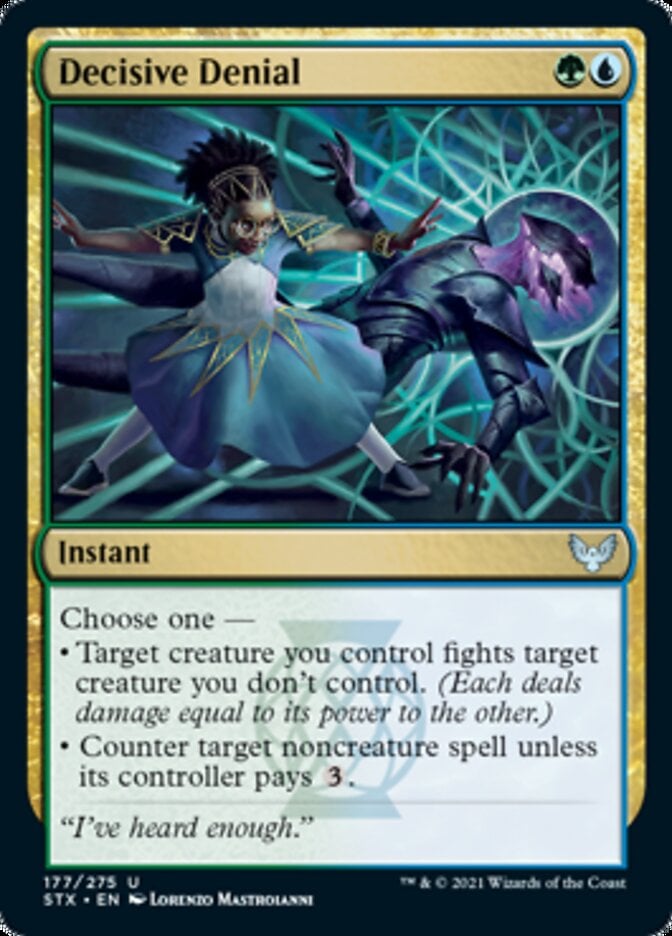
Green is also an avid creature removal color with fight spells such as Outmuscle and artifact and enchantment destruction spells like Naturalize and Return to Nature. There aren't many counterspells in mono-green, but the popular Veil of Summer forces your spells through most interaction, and funnily enough trumps most countermagic. Counterspells with a splash of green are seen more in guild colors like Simic with Decisive Denial being an example.
Creature Interaction vs Counterspells
Sometimes your creatures do a good enough job at handling your opponents’ stuff that you don’t really need to load up on counterspells and other forms of interaction.
You can activate the abilities of creatures such as Thrashing Brontodon and Glen Elendra Archmage to deal with opposing cards. The more effects like this you have in your deck, the less reliant you need to be on targeted removal and traditional counterspells.
Counterspells vs. Removal
Counterspells flat-out prevent spells from resolving, including preventing permanents from entering the battlefield and generating value via ETB triggers. Removal spells such as Vindicate and Beast Within destroy permanents that have already hit the battlefield.
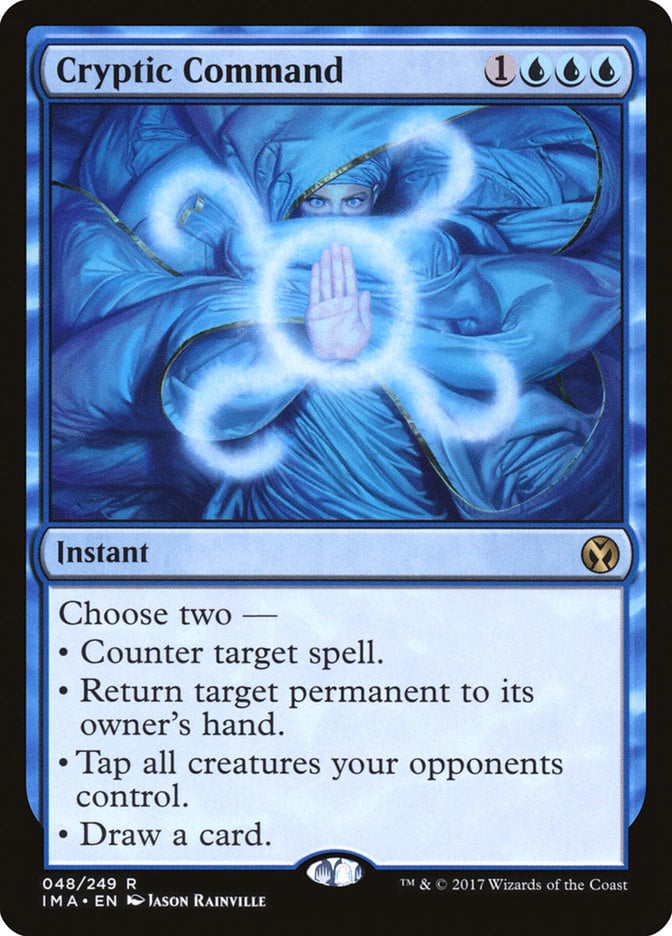
From these definitions, counterspells are more valuable compared to removal spells so that opponents don't get the benefit of their permanent being on the field. Some removal spells that can destroy any permanent are sometimes cheaper to cast than some of the more expensive counterspells that can counter any spell like Cryptic Command.
Running a mix of both counterspells and removal spells is most effective because removal spells take care of threats that have already resolved. Hence, a removal spell can pick up the slack if the resources to cast a counterspell aren't available at the exact moment the spell is being cast.
Counterspells vs. Hand Disruption
Counterspells can prevent a spell from resolving, but can’t prevent it from being cast. On the other hand, hand disruption rids an opponent of a card in their hand before they even have a chance to cast it because you force them to discard it. Hand disruption is ideal against cards with cast triggers, or uncounterable spells in general. However, it means you’re spending mana to take a card your opponent never spent mana on in the first place, so while you’re seemingly taking a negative tempo trade, you get the valuable information on their hand and immediate game plan.
Examples of hand disruption spells are Thoughtseize and Duress, which allow the caster to look at a target opponent's hand and have them discard a valid card type. Counterspells and hand disruption spells stop an opponent from getting value from their best spells and force them to change up their strategy. Casting a hand disruption spell could make an opponent saltier than a counterspell because now you've seen their entire hand and have a glimpse of how their next few turns will go.
Wrap Up
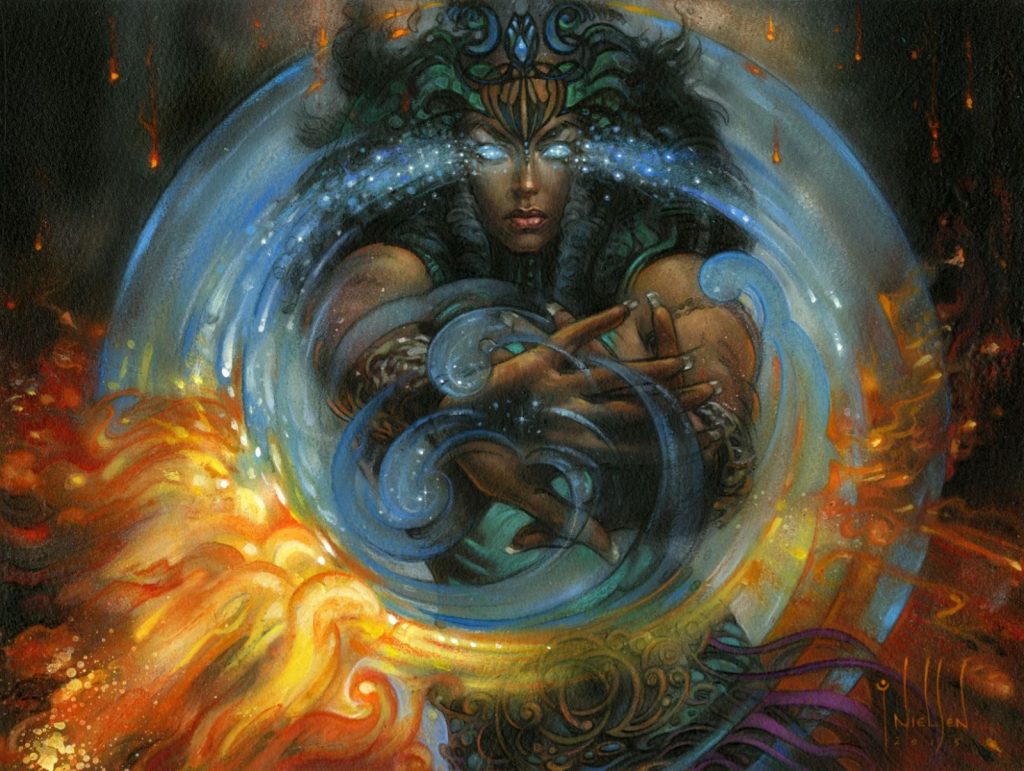
Force of Will | Illustration by Terese Nielsen
Counterspells disrupt a spell while it's on the stack. Removal spells destroy permanents after they hit the battlefield. Hand disruption removes the spell from a player's hand. All of these types of interaction throw a curveball at an opponent and force them to reform their strategy after losing a card in some way.
What’s your favorite type of interaction? Do you prefer to run one type of removal or a mix of all of them? Let us know your opinions in the comments section!
For more general information about how to build a Commander deck and what elements to include, swing by the Draftsim blog to learn more. You can stay updated on our latest content by following the Draftsim Facebook page. Until then, don't forget to incorporate removal, counterspells, and hand disruption in your decks because you're going to need them to deal with a wide array of threats!
Follow Draftsim for awesome articles and set updates: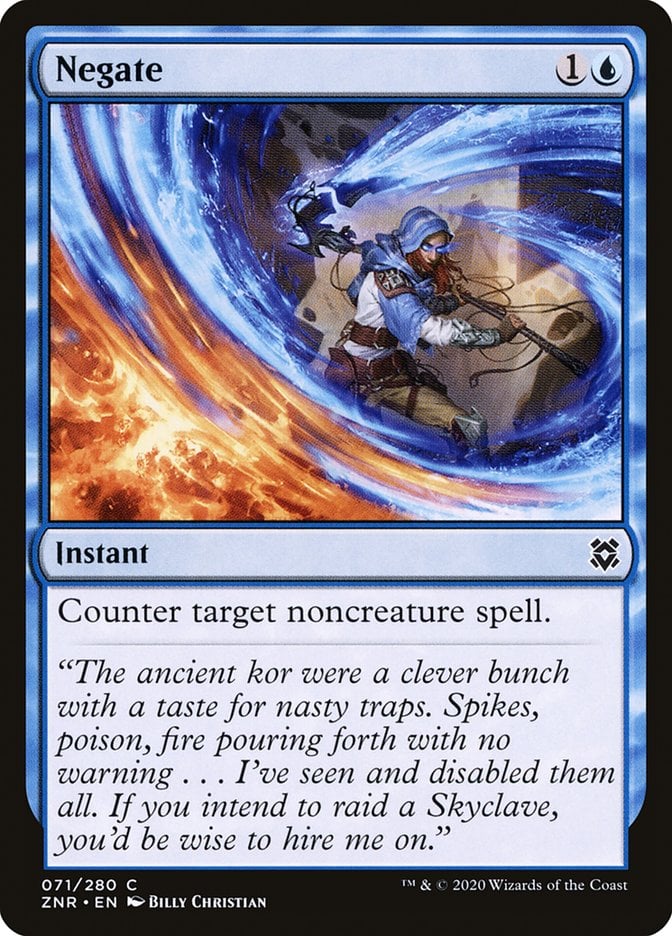
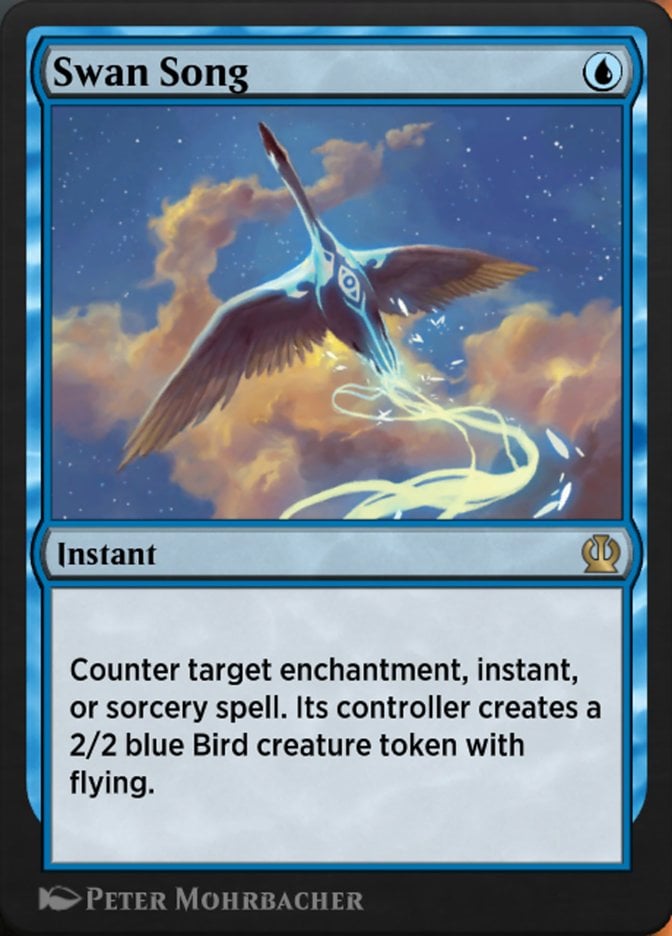
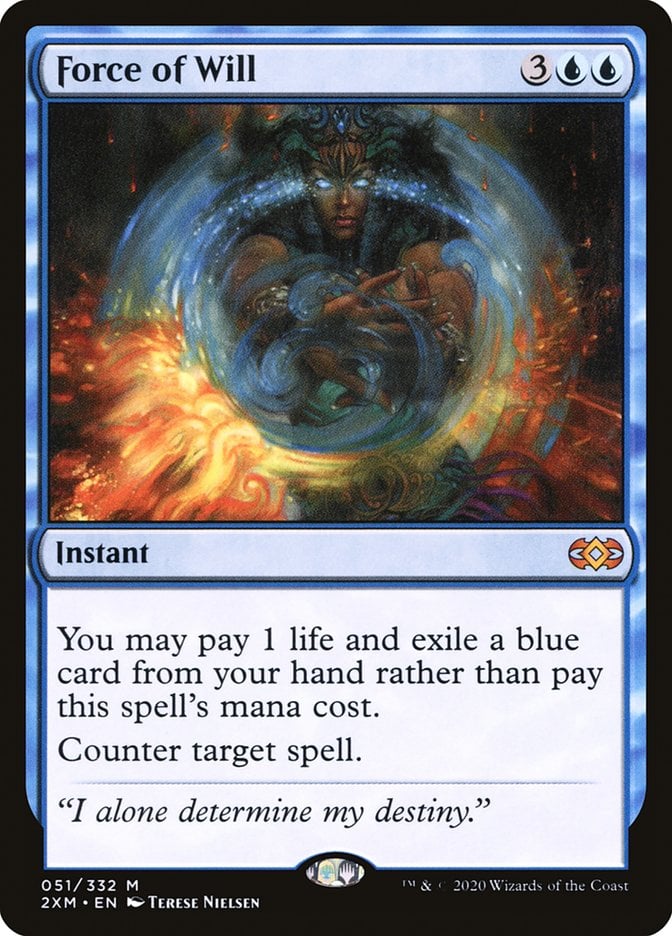
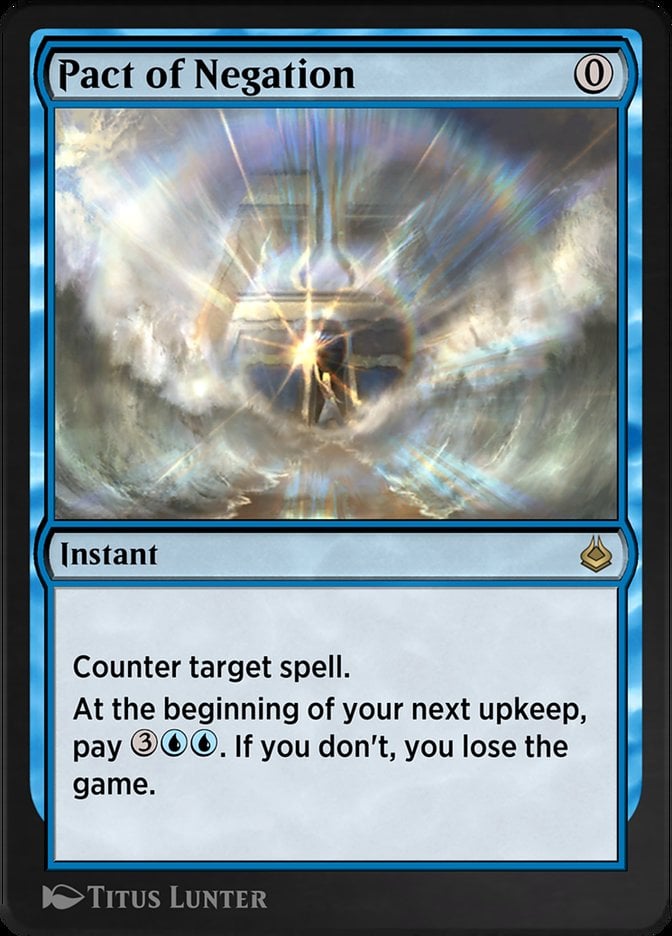
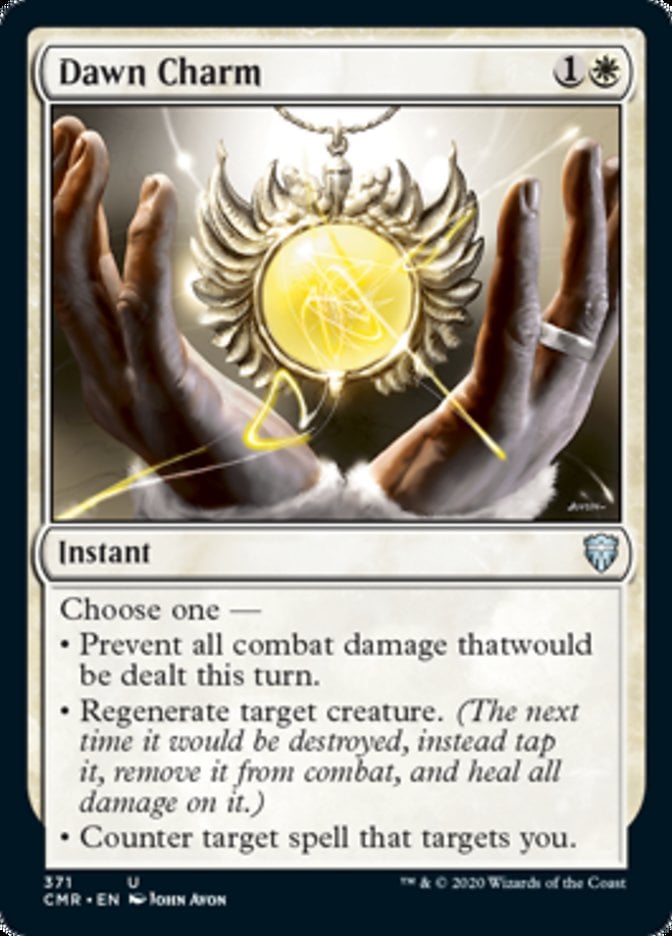
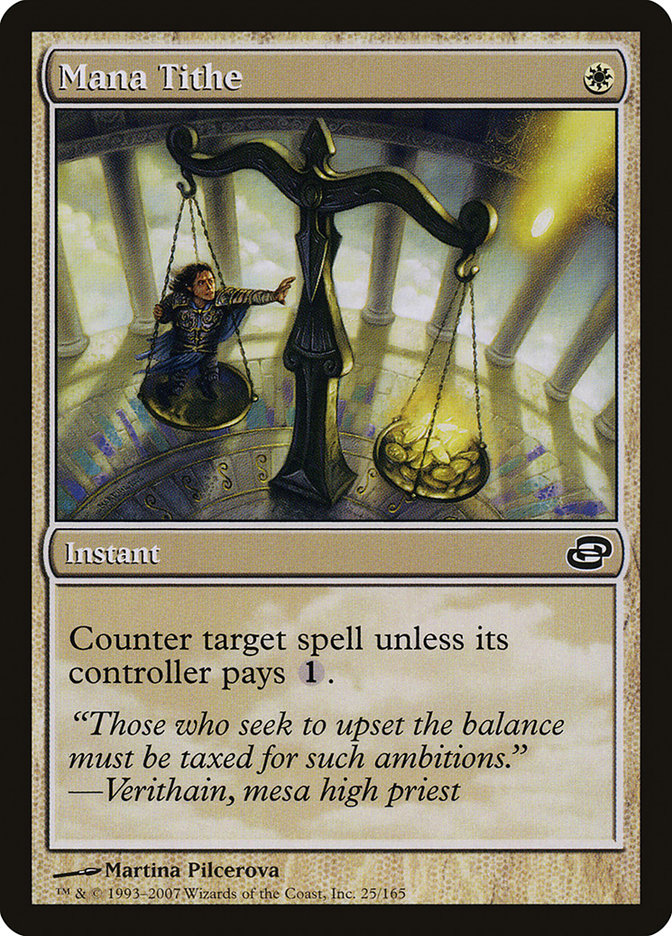
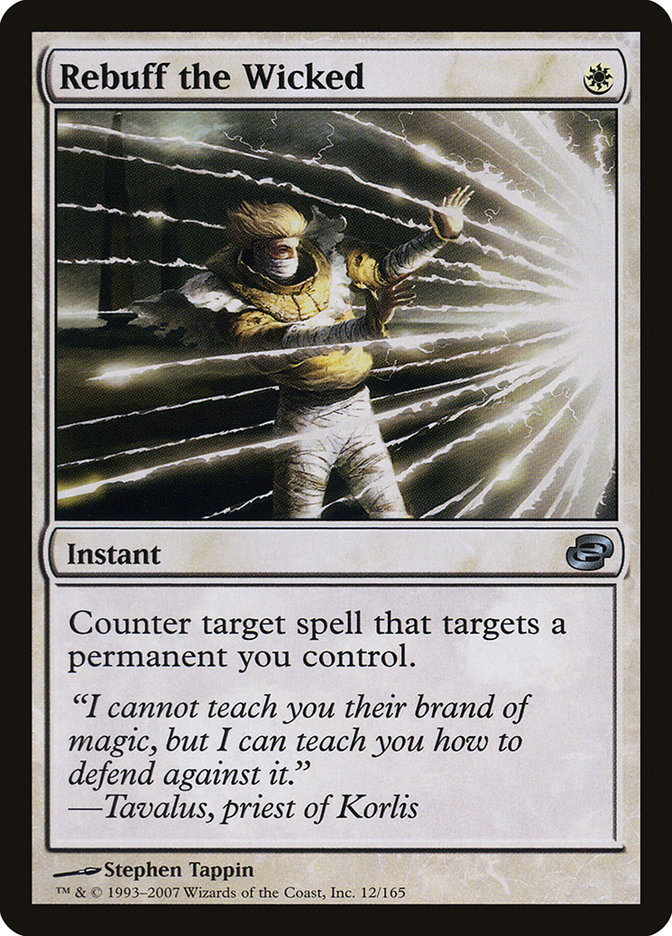

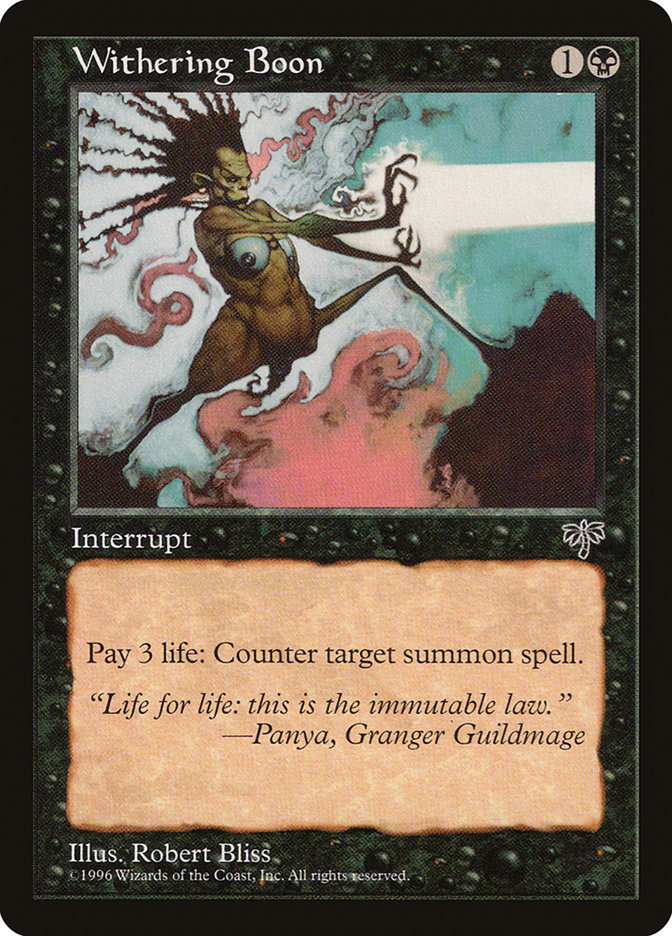

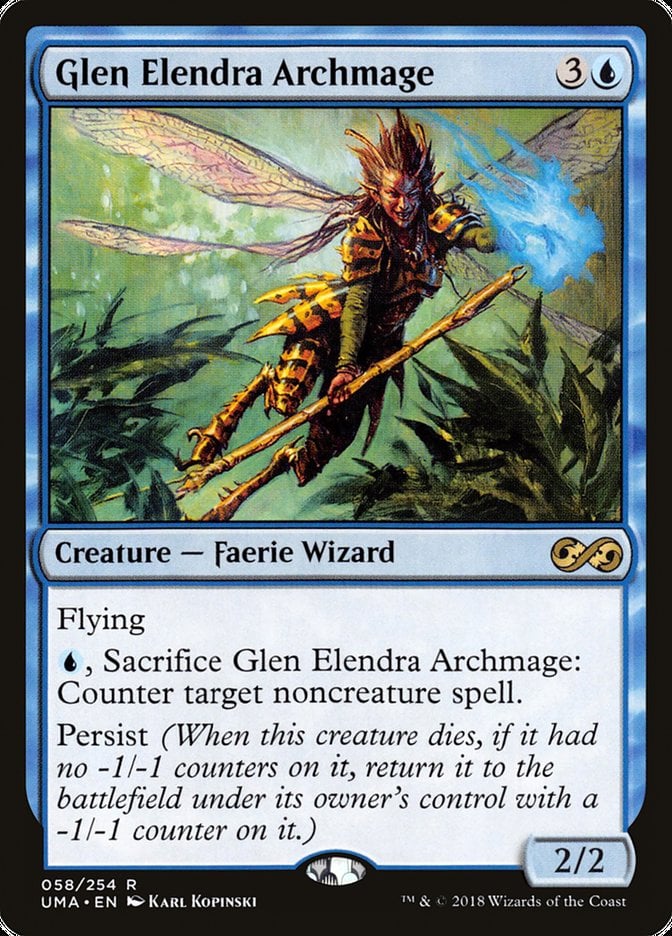
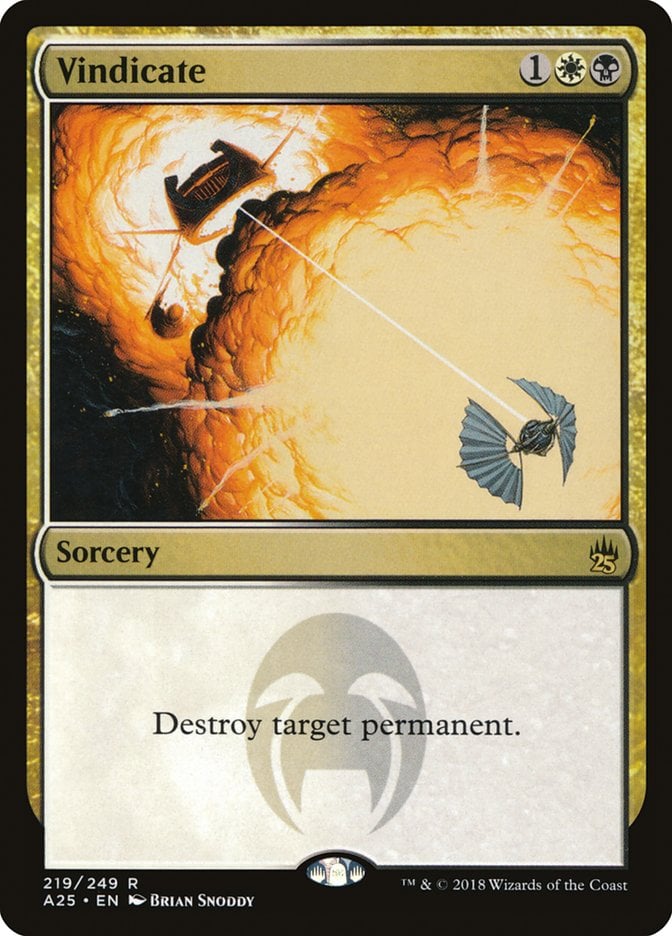

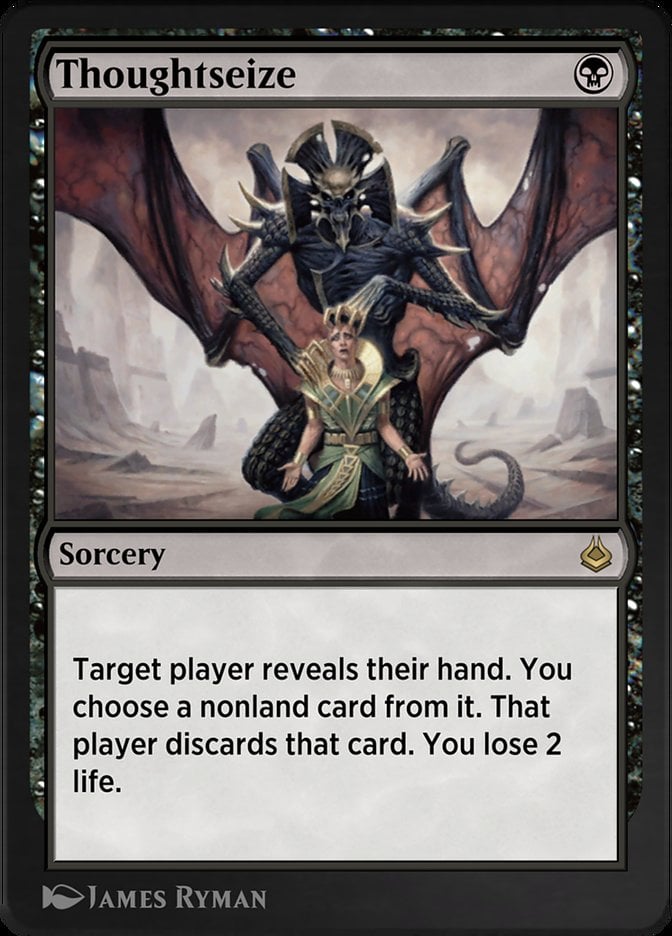


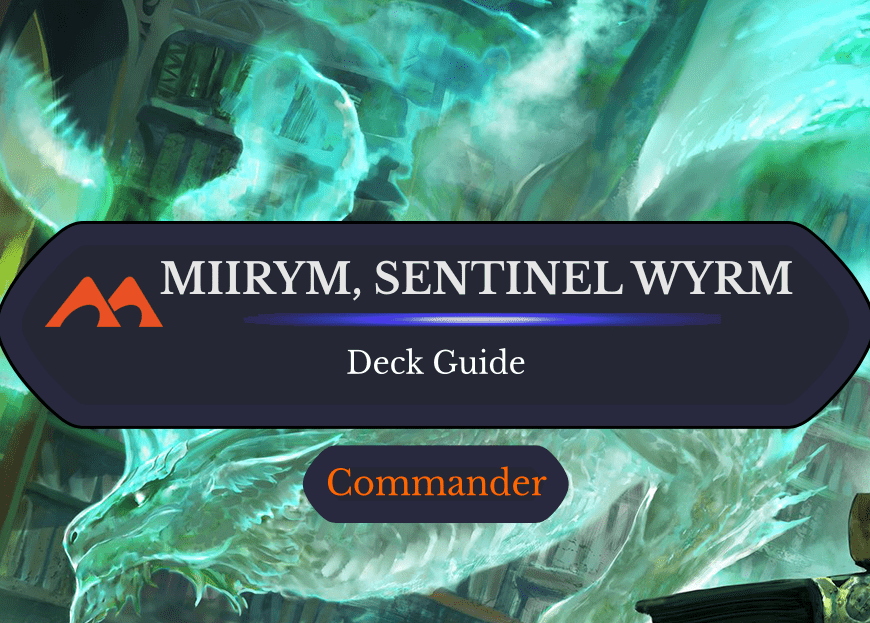
Add Comment